Leveraging Data to Optimize Experiential Marketing
A remarkable experiential marketing campaign takes more than just a great idea and solid execution. In today’s data-driven world, successful live brand activations need to be well-organized, efficient, and memorable while ensuring a positive return on investment. Collecting, analyzing, and applying the right types of data at events can elevate participant experiences and amplify outcomes. Here are a few ways to use data to optimize your experiential marketing efforts.
1. First-Party vs Zero-Party Data Collection
First-party data offers valuable insights into participant behaviors and touchpoints at events, such as using RFID wristbands, beacons, device trackers, and other technologies to monitor attendee movements, engagement, and dwell time.
Zero-party data is information consumers provide first-hand, giving insights into audience demographics, psychographics, and other unique interests or preferences. This data is typically collected through registration systems, surveys, sweepstakes, or other direct input methods. Analyzing both helps to better understand who attends and how they participate in the event, enabling more personalized and impactful experiences that lead to stronger ROI.
2. Integrative Data Platforms
Investing in online tools and software that can analyze data from digital sources, such as CRM systems, social media, and event apps, can offer a deeper understanding of attendee behavior and preferences beyond the event site. This comprehensive, often real-time analysis can help modify experiences around participant behavior to be more meaningful and impactful.
3. Predictive Modeling
After collecting all the data, predictive modeling can analyze data sets to forecast future attendee behaviors and uncover insights that will maximize impact. For instance, predictive models can identify areas of the experience that resonate well with the audience or need additional support. They can help modify activity schedules for optimal crowd participation, fine-tune messaging, and develop more efficient staffing roles and responsibilities. They can also identify traffic patterns and dwell areas that, when analyzed, can help to reduce choke points or drive more attention toward specific areas of the activation.
4. Continuous Feeback Loop
Gathering qualitative feedback from participants about their experience and brand perception is crucial in order to uncover opportunities that will enhance the participatory experience and increase ROI. Collecting feedback through direct interactions, open-ended surveys, and social media comments provides an in-depth look into attendee sentiment and suggestions, offering a better understanding of how the experience was enjoyed by the audience. Pre and post-surveys are a great way to evaluate the change in brand perception before participating in the experience vs after. The key is to implement a continual review process after each activation to document important insights and hone in on adjustments that will lead to a more refined and effective experiential marketing outcome.
5. Optimize Future Experiences
Compiling data insights across multiple activations and campaigns will improve future event planning and supercharge ROI. This enables more strategic decisions in identifying the best event locations, evaluating sponsorship opportunities, and identifying which types of interactions and experiences are the most impactful. Not only can data improve the attendee experience, but it can also guide planning decisions that streamline budgets, uncover operational efficiencies, and improve campaign performance.
If you would like to turbocharge your experiential marketing, RoninXM is here to help. Contact us today to learn how we can help your brand harness the power of data to create more impactful experiences.

